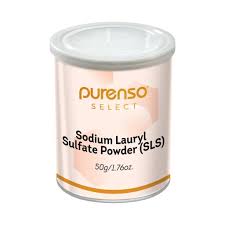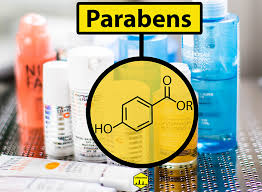
1. Sodium Lauryl Sulfate (SLS)
- Source: Derived from coconut oil or palm oil.
- Why to Avoid: While SLS is effective in removing dirt and oil, it is a strong surfactant that can strip the scalp of natural oils, leading to dryness, irritation, and even scalp conditions like dermatitis. For those with sensitive skin or conditions like eczema, SLS can exacerbate irritation.
2. Parabens

- Source: Synthetic compounds often used as preservatives.
- Why to Avoid: Parabens (e.g., methylparaben, propylparaben) have been linked to hormone disruption, which can interfere with reproductive health. Additionally, they can cause skin irritation and allergic reactions in some individuals. Though some products use paraben-free labels, natural alternatives like phenoxyethanol are often used instead.

3. Synthetic Fragrances
- Source: Often a blend of various chemicals.
- Why to Avoid: Synthetic fragrances can contain numerous undisclosed ingredients, some of which may be allergens or irritants. They can cause headaches, respiratory issues, or allergic reactions in sensitive individuals. Additionally, synthetic fragrances can mask other harmful chemicals, making it difficult to identify potential irritants.

4. Silicones (e.g., Dimethicone, Cyclopentasiloxane)
- Source: Chemically derived compounds.
- Why to Avoid: Silicones create a smooth, shiny appearance by coating the hair. However, this coating can build up over time, leading to dullness, lack of moisture, and hindered natural oil distribution. While they provide temporary benefits, they can make hair feel heavier and more difficult to manage in the long run.

5. Drying Alcohols (e.g., Isopropyl Alcohol, Ethanol)
- Source: Derived from petroleum or plants.
- Why to Avoid: These alcohols can strip moisture from the hair, leading to dryness, frizz, and breakage. While some fatty alcohols (like cetyl or stearyl alcohol) can be moisturizing, it’s essential to check the ingredient list to avoid the drying types, especially in products for dry or curly hair.
6. Formaldehyde and Formaldehyde Releasers
- Source: Found in some hair straightening treatments and cosmetics.
- Why to Avoid: Formaldehyde is a known carcinogen and can cause irritation to the skin, eyes, and respiratory system. Products containing formaldehyde or its releasers can lead to allergic reactions and chronic exposure may pose long-term health risks.

7. Phthalates
- Source: Used in many personal care products to enhance fragrance.
- Why to Avoid: Phthalates are associated with hormonal disruptions and developmental issues. They may interfere with endocrine function and have been linked to reproductive health concerns. Many brands are moving towards phthalate-free formulations, but it’s wise to check labels.

8. Mineral Oil
- Source: A byproduct of petroleum refining.
- Why to Avoid: While mineral oil can provide temporary moisture, it creates a barrier that prevents the hair and scalp from absorbing essential nutrients and moisture. Over time, this can lead to buildup and make the hair feel greasy or heavy.

9. Petrolatum
- Source: Also derived from petroleum.
- Why to Avoid: Similar to mineral oil, petrolatum can coat the hair, leading to buildup that can weigh hair down. It may also trap dirt and bacteria, leading to scalp issues. Though it can be beneficial for sealing moisture in certain contexts, its long-term use may not be ideal for healthy hair.
10. Synthetic Dyes (e.g., FD&C Color Additives)

- Source: Chemically synthesized colorants.
- Why to Avoid: Synthetic dyes can cause allergic reactions and skin sensitivities. They provide aesthetic appeal but offer no benefits to hair health. Some dyes have been linked to more severe health concerns, making it prudent to avoid them when possible.


